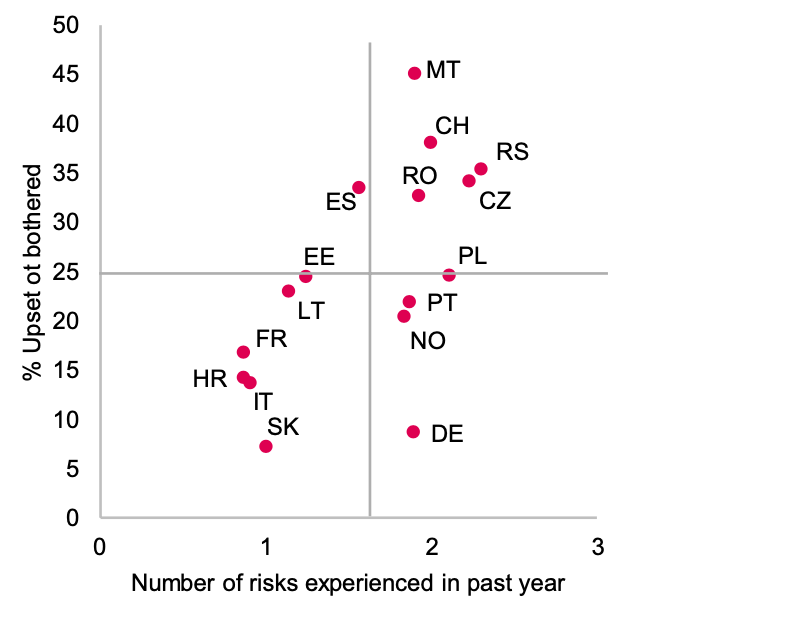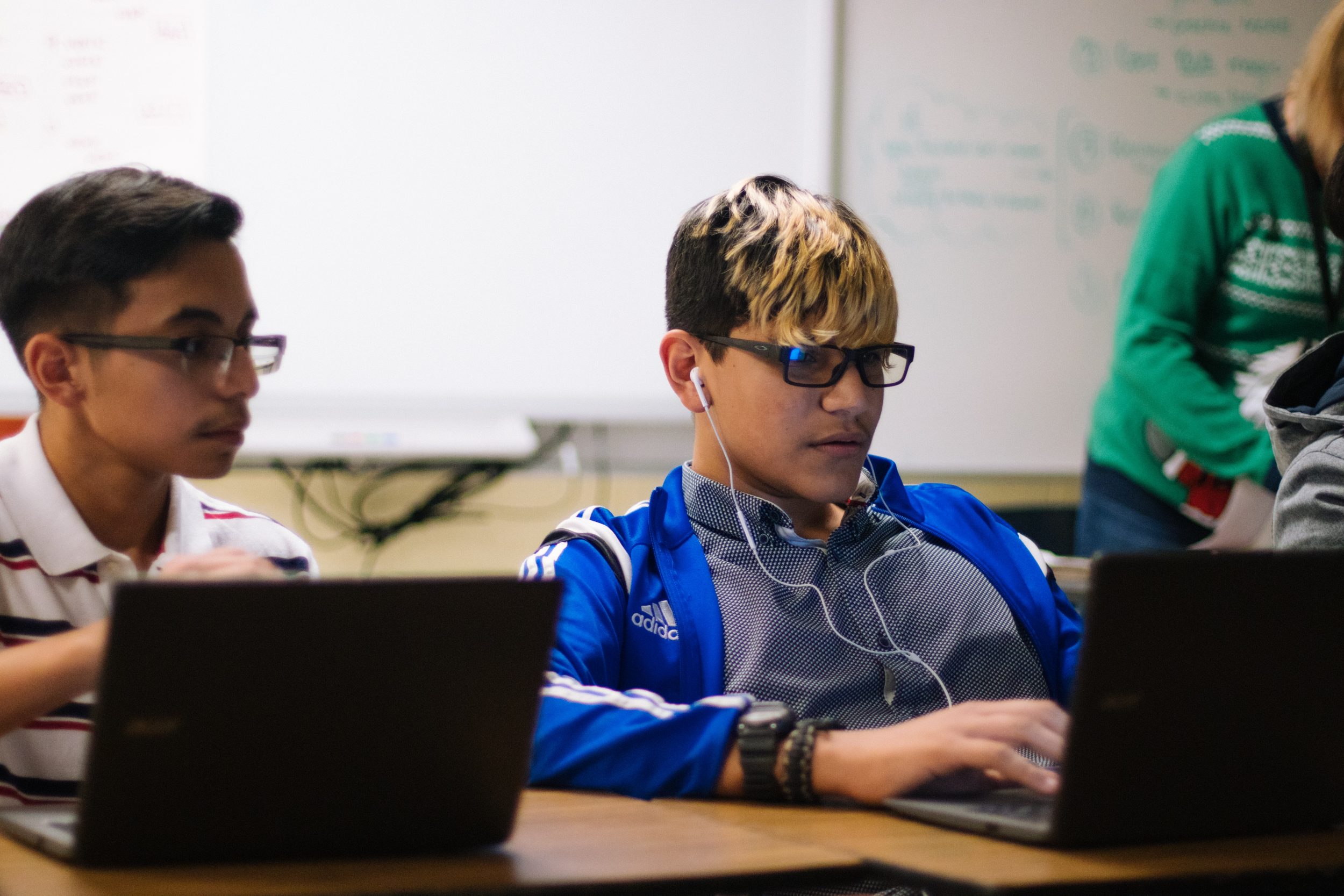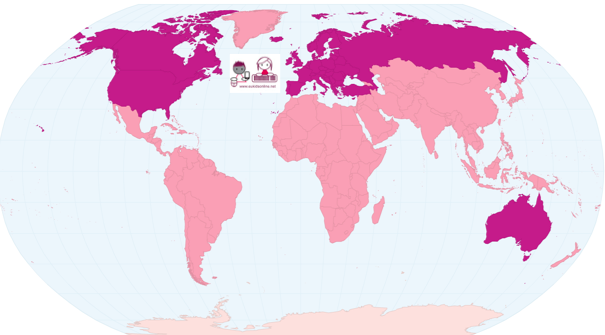 Today is Safer Internet Day 2020, which aims to raise awareness of the risks of going online, particularly for children, while not denying the world of possibilities that the internet offers. LSE’s Professor Sonia Livingstone discusses the potential risks to children that emerge out of a new report, EU Kids Online 2020: Survey results from 19 countries, emphasising that risks don’t always lead to harm.
Today is Safer Internet Day 2020, which aims to raise awareness of the risks of going online, particularly for children, while not denying the world of possibilities that the internet offers. LSE’s Professor Sonia Livingstone discusses the potential risks to children that emerge out of a new report, EU Kids Online 2020: Survey results from 19 countries, emphasising that risks don’t always lead to harm.
Most European children use a smartphone ‘daily’ or ‘almost all the time,’ the report documents, and the survey shows that the time children spend online each day has almost doubled in many countries, compared with the EU Kids Online 2010 survey – for example, from about one to three hours per day in Spain, and from about two to three-and-a-half hours in Norway. This may explain why parental anxieties about screen time are high.
Risks and harms
Beyond questions about screen time, parents are anxious about content, contact and conduct risks that their children may encounter online. The EU Kids Online 2020 report has lots of statistics on these risks, showing considerable variation by country. However, the EU Kids Online network has long argued that while online risk carries a probability of harm to a child, this is not inevitable. Many factors can make a child more resilient or vulnerable to the consequences of exposure to risk.
In the survey, children were asked to give an overall view of online harms, in answer to the question:
“In the past year, has anything ever happened online that bothered or upset you in some way (e.g., made you feel upset, uncomfortable, scared or that you shouldn’t have seen it)?”
The percentage of children who reported that they had been bothered or upset on the internet in 2020 varied by country from 7% (Slovakia) to 45% (Malta), a notable increase from 2010 when the range was from 6% to 25% across countries. Interestingly, the proportion of children who said something online had bothered or upset them is smaller than the proportions in each country who reported more common risks. This suggests that not all risk results in self-reported harm to a child.
Complicating matters further, the findings suggest that the same activity can have positive consequences for one child and negative for another. One example is meeting new people online. Between 5% (France) and 25% (Serbia) of the children met someone face-to-face that they had only known online. For the majority, meeting new people was positive and exciting: between 52% (Slovakia) and 86% (Romania) of the children who met with someone they knew online said that they were happy after such a meeting. But for others, such an experience could cause distress and potential harm: in most of the countries, less than 5% of those who went to such a meeting said that they were fairly or very upset.
Going deeper into the findings, the survey also found national variation in the relation between risk and harm. In the graph (Figure 1), the horizontal dimension shows variation in how many risks children in a country reported in the past year, on average, measured out of the seven risks we asked about. As may be seen, children in Croatia reported the fewest risks, and children in Russia the most. The vertical dimension shows the percentage of children who reported being upset by something online in the past year, with fewest children in Slovakia and most children in Malta saying ‘yes’ this happened to them.
Figure 1: The number of online risks (out of 7) encountered by 12 to 16 year olds, and the proportion who report being upset or bothered online in the past year, by country
Clearly there is a broadly positive association between the two measures – the more risks, the more harm, as children report it. Yet there is also a lot of variation that invites further investigation. For example, children in Germany report more risks than those in Slovakia yet no more harm: possibly, the safer internet provision in Germany is greater, so that encountering risk is less likely to result in children being upset, by comparison with the situation in Slovakia. Overall, we see one group of countries where higher risk is not linked to more harm – Germany, Norway, Portugal. Then there are countries where even just a few risks are linked to more harm – Estonia and Spain in particular.
While certainly the countries where both risk and harm are highest (the top right quadrant) merit investigation and possible intervention, our point is that policy interventions should focus more on reducing harm than risk, a point that we also made in the Global Kids Online report, published in late 2019. This is because children cannot develop resilience if they are protected from all forms of risk and, further, such protections are often achieved by limiting children’s online opportunities. In other words, there may be much to be learned from countries in which children encounter as much risk, but less harm, than in other countries. Do those countries practise more parental mediation? Or have they better regulation of platforms? Or a culture of respecting children’s expression of concern and of providing help?
From research to understanding and action
Even basic descriptive statistics can serve to counter myths, challenge media panics and, more positively, ground interventions in policy and practice by providing estimates of prevalence. For example, the degree to which children are exposed to risk online is shown to be rather less than sometimes feared by parents or claimed by the mass media. This does not warrant the claim that nothing should be done, but it invites a careful assessment of priorities, and a weighing of the consequences of different kinds of interventions.
A holistic approach to children’s wellbeing is often called for but less easy to deliver. It is still the case that most researchers and policy makers concentrate either on the opportunities of a digital world – concerned with education or civic participation or creative expression, for example – or on the risks of harm to children – concerned with e-safety, parental mediation or internet regulation. Achieving a holistic approach – whether at the level of a country or culture, or for an individual child – remains challenging. Those excited by digital opportunities still tend to neglect or postpone the ways in which increasing opportunities tends to go hand-in-hand with increasing the risks of the digital world for children. Those who prioritise child protection and safety can struggle to realise that their interventions may also serve to limit children’s civil rights and freedoms.
Hopefully, the findings in this report provide both some pointers as to where to focus action, and a benchmark against which to measure progress.
A version of this post was originally published on the Parenting for a Digital Future blog, and is republished with thanks. It gives the views of the author and does not represent the position of the Media@LSE blog, nor of the London School of Economics and Political Science.
Featured image: Photo by McKaela Lee on Unsplash





